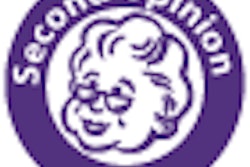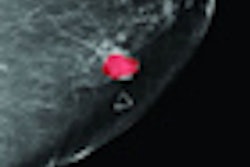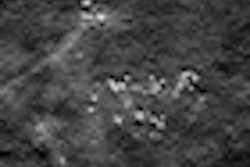The U.S. Preventive Services Task Force (USPSTF) 2009 guidelines for screening mammography have confused women about when to get annual mammography screening, according to a study to be published in the May issue of the American Journal of Preventive Medicine.
Nearly one-third of women polled in the study said the guidelines increased confusion about when to get a mammogram, with the most confused being those women in the 40- to 49-year-old demographic. Women who had never had a mammogram or those whose last mammogram had been more than two years ago also reported high levels of confusion, according to lead author Linda Squiers, PhD, of health research firm RTI International (AJPM, May 2011, Vol. 40:5, pp. 1-8).
Squiers and colleagues analyzed news stories and social media posts from around the time the USPSTF released the recommendations in November 2009. They also conducted a Web-based survey of women between the ages of 40 and 74 from December 2009 to January 2010.
The study showed that 51.9% of newspaper articles, blog posts, and tweets did not support the screening recommendations, while 17.6% did. The most common reason for critical media response was the belief that delaying screening would lead to later detection of more advanced breast cancer and, therefore, more cancer-related deaths, the authors wrote.
For the public-response aspect of the study, researchers queried 1,221 women between the ages of 40 and 74 who had never had breast cancer:
- 25% of survey respondents said they paid no attention to the guidelines or had not heard of them.
- 27.5% said they paid a little attention.
- 30.2% said they paid some attention.
- 17.1% said they paid a lot of attention.
Of the survey participants, only 6.2% said that the USPSTF recommendations helped them understand when to get a mammogram, while 30% said that the recommendations confused them.
The study suggests that the USPSTF should find new ways to communicate its recommendations, according to Squiers and colleagues.
"The USPSTF should consider strategies to develop clear messages regarding new recommendations for audiences such as clinicians, consumers, and the media," they wrote.
In an accompanying commentary, Dr. Diana Petitti, from Arizona State University, and Dr. Ned Calonge, from the Colorado Trust, said that there is a media bias in favor of mammography screening. Calonge was chair of the USPSTF at the time the guidelines were issued.
"Further application of qualitative research methods to the data on media coverage of the mammography screening guidelines might yield insights into the kinds of interests that underlay the most negative media accounts about the mammography recommendations," they wrote.



















